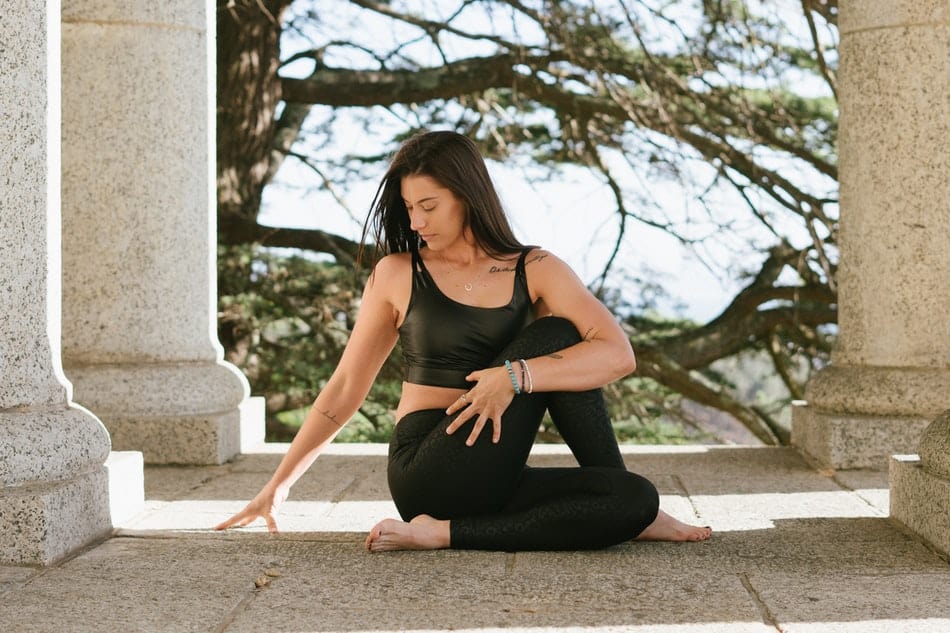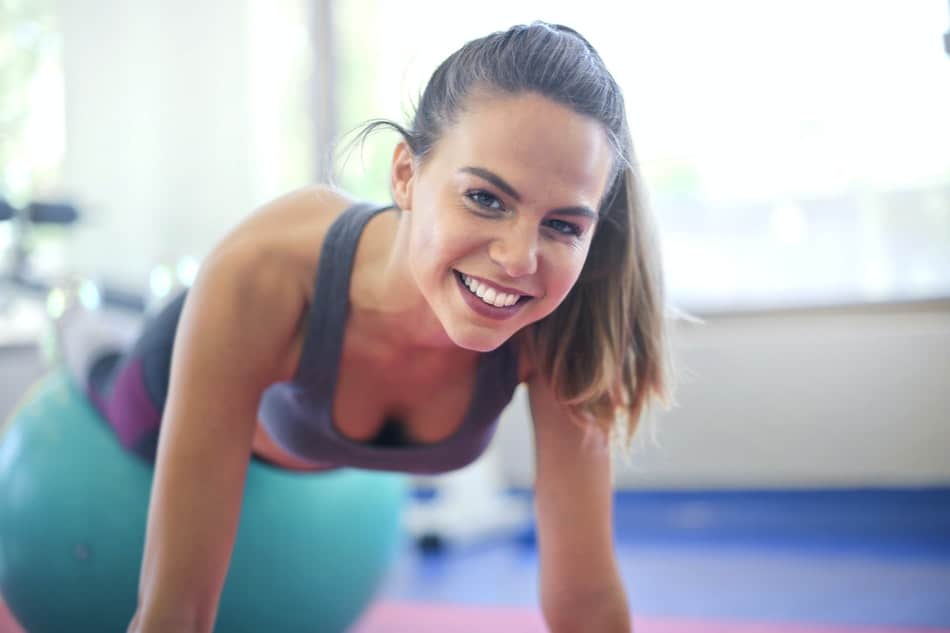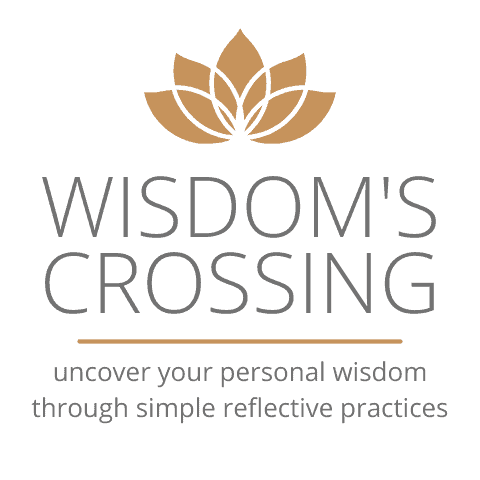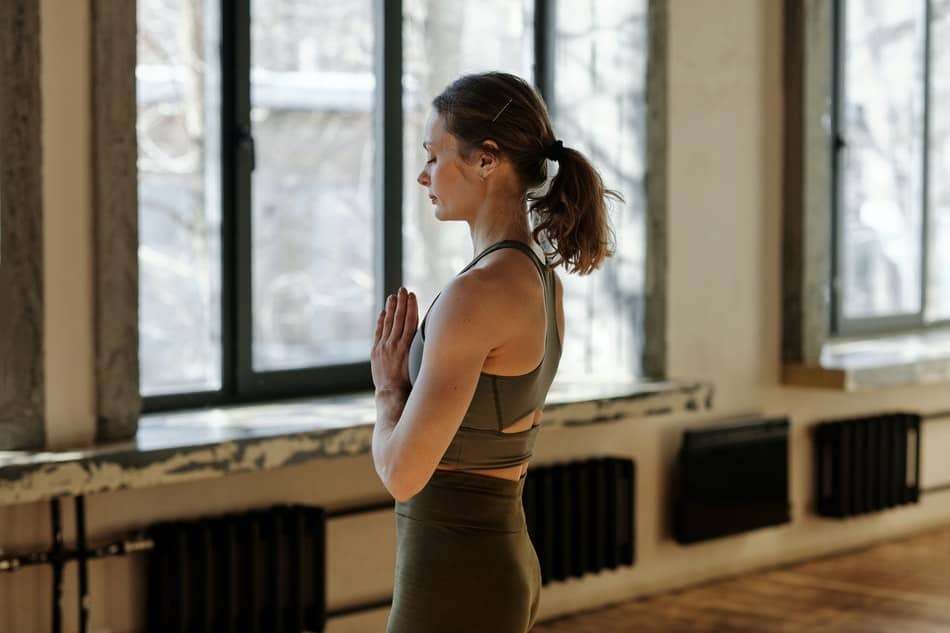What is movement meditation? Movement meditation can be helpful for people who have a hard time focusing on their breath or who find traditional seated meditation difficult. In this article, I will discuss the benefits of movement meditation and provide some tips for getting started!
Movement meditation is a form of mindfulness that uses gentle movements to bring awareness to the body and mind. It can be an effective way to reduce stress, improve focus, and find calmness and peace.
Benefits Of Movement Meditation
Meditation is a great way to focus and calm the mind, but did you know that movement meditation can offer some additional benefits? Here are four benefits of movement meditation that you may not have considered:
- Improved flexibility. When you move your body slowly and mindfully, you’re able to focus on your range of motion and breath. This can help improve your overall flexibility.
- Greater body awareness. When you take the time to move slowly and deliberately, you become more aware of how your body feels in space. This can lead to improved posture and greater body confidence.
- Reduced stress levels. One of the best things about movement meditation is that it can help reduce stress levels both mentally and physically. If you’re feeling overwhelmed, a few minutes of movement meditation can help you feel more grounded and centered.
- Improved focus and concentration. When your mind is focused on your breath and movement, it’s difficult to worry about other things going on in your life. This can lead to improved focus and concentration overall. If you’re looking for a way to improve your productivity, movement meditation may be the answer.

Steps On How To Start Movement Mediation
There are many different ways to get started with moving meditation. Here are a few steps that can help you get started:
Get A Place
Find a comfortable place to sit or stand. You don’t need a lot of space for movement meditation – all you need is enough room to move your arms and legs freely. If you’re sitting, make sure your spine is tall and your shoulders are relaxed. If you’re standing, let your feet fall naturally and rest your hands at your sides.
Take Breaths
Start with some deep breathing. Once you’re in a comfortable position, take a few deep breaths in and out through your nose. This will help relax your body and mind and prepare you for the movements ahead.
Start Movements
Begin moving your body. Start by slowly raising your arms overhead and then lowering them back down to your sides. As you move, focus on your breath and how your body feels in space. If you start to feel dizzy or lightheaded, stop and take a few deep breaths before continuing.
Do Other Movements
Try different movements. There are no rules when it comes to movement meditation – you can do any type of movement that feels good for your body. Some people like to sway their hips, others prefer to swing their arms, and still, others like to do gentle twists or turns. Experiment until you find something that feels good for you.

Try Mindful Walking
Add in some mindful walking. Once you’re comfortable with the basic movements, try adding in some mindful walking. Start by walking slowly and deliberately, paying attention to each step that you take. As you walk, focus on your breath and how your body feels in space. If you start to feel dizzy or lightheaded, stop and take a few deep breaths before continuing.
End with some deep breathing. When you’re finished with the movements, take a few deep breaths in and out through your nose. This will help relax your body and mind and prepare you for the rest of your day.
The most important thing to remember is that there are no rules when it comes to movement meditation – just do what feels good for your body! Experiment with different movements and find something that works for you. And don’t forget to focus on your breath throughout the entire practice. With a little bit of practice, you’ll be a pro in no time.
Now that you know some of the benefits of movement meditation and how to get started, give it a try! You might just be surprised at how much it can help improve your overall health and well-being.
Yoga vs Movement Meditation: Which One Is Better?
Yoga and movement meditation are both excellent tools for promoting physical and mental well-being. But which one is better?
There are many different types of yoga, but all forms share certain commonalities. Yoga typically involves the use of postures and breath control to promote relaxation and stress relief. Yoga is often used as a form of physical therapy to help people recover from injuries or manage chronic health conditions.
Movement meditation is a relatively new field, but it shares some similarities with yoga. Like yoga, movement meditation emphasizes the importance of the breath. However, instead of holding static postures, it relies on continuous, flowing movements to encourage mindfulness and relaxation. Movement meditation can be done with or without music, and it can be adapted to any fitness level.
So, which is better – yoga or movement meditation? The answer may depend on your individual needs and preferences. If you’re looking for a more challenging workout, yoga may be the better option. If you’re struggling with anxiety or stress, movement meditation may offer greater relief. Ultimately, the best way to find out is to try both and see what works better for you. Experimentation is key!
Can I Do Movement Meditation Every day?
Yes, you can do movement meditation every day! Many people find that it is a great way to start their day. It can be done in any number of ways, but the key is to move your body mindfully and with intention. For example, you could take a nature walk and pay attention to the sensations of your feet hitting the ground and the sounds around you.
Or you could do some gentle stretching or yoga poses while focusing on your breath. The possibilities are endless! Just make sure to listen to your body and do what feels good for you.
Final Words
Movement meditation is a form of mindfulness that uses gentle movements to bring awareness to the body and mind. The goal is to move with intention and focus while being present in the moment. This can be done through any type of movements, such as walking, yoga, Tai Chi, or even simple stretching. You can give it a try today!
Related Articles

